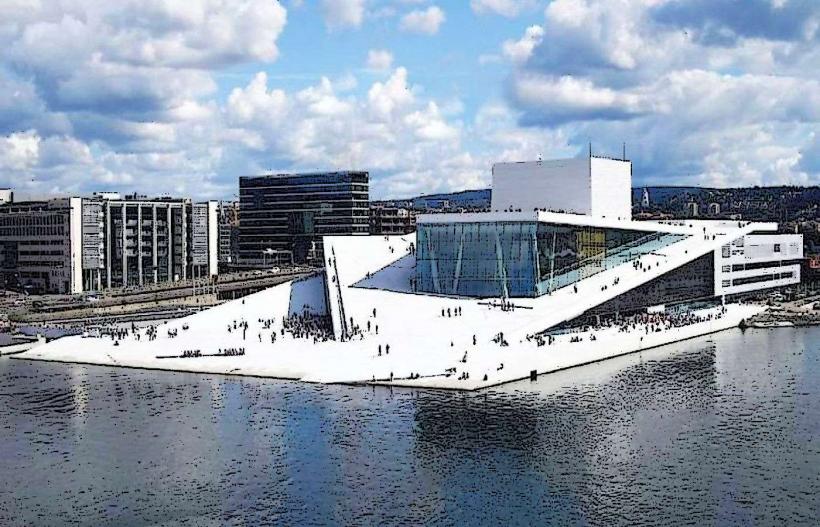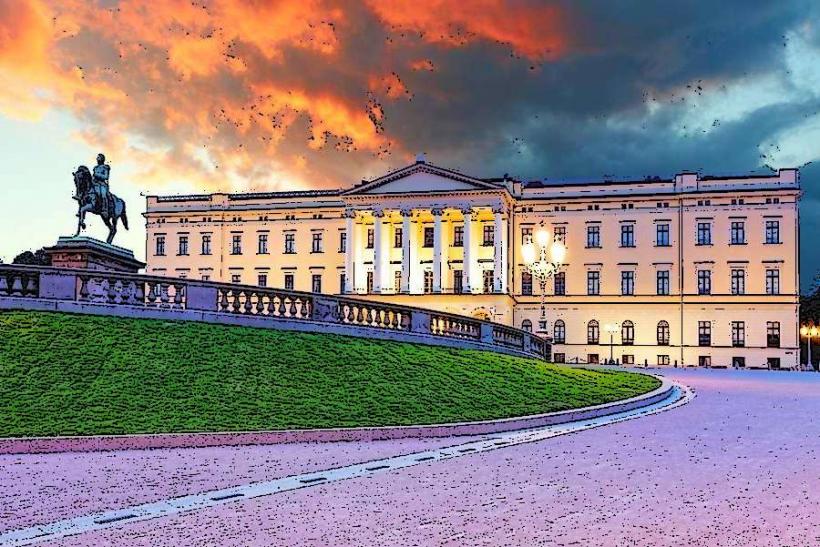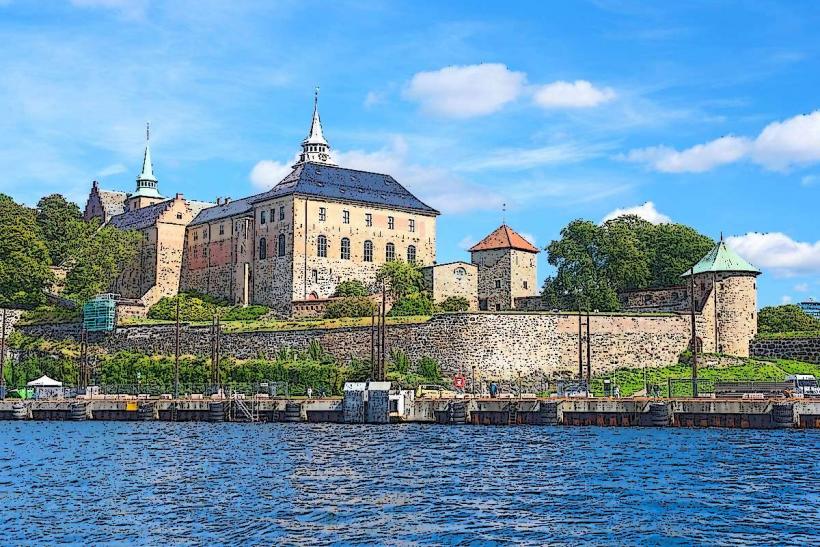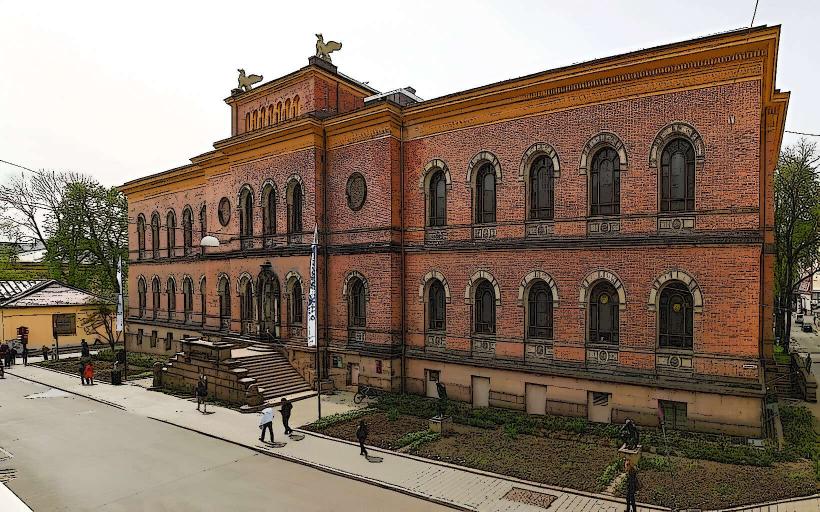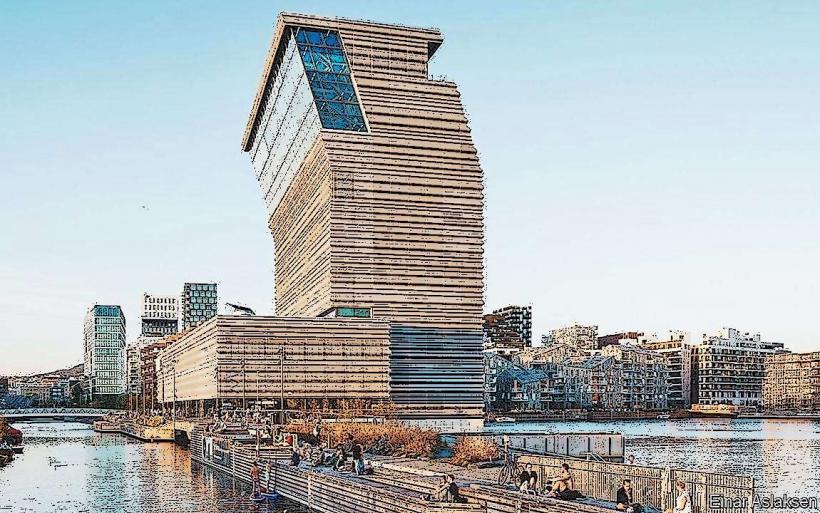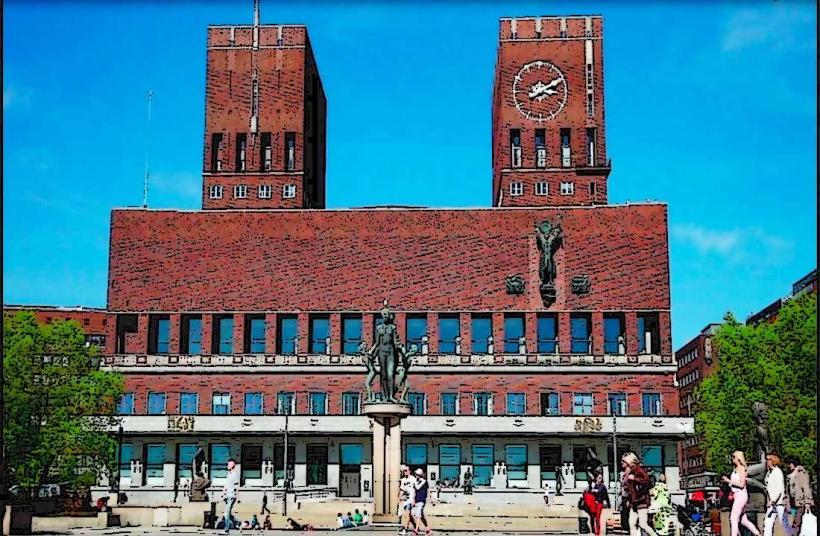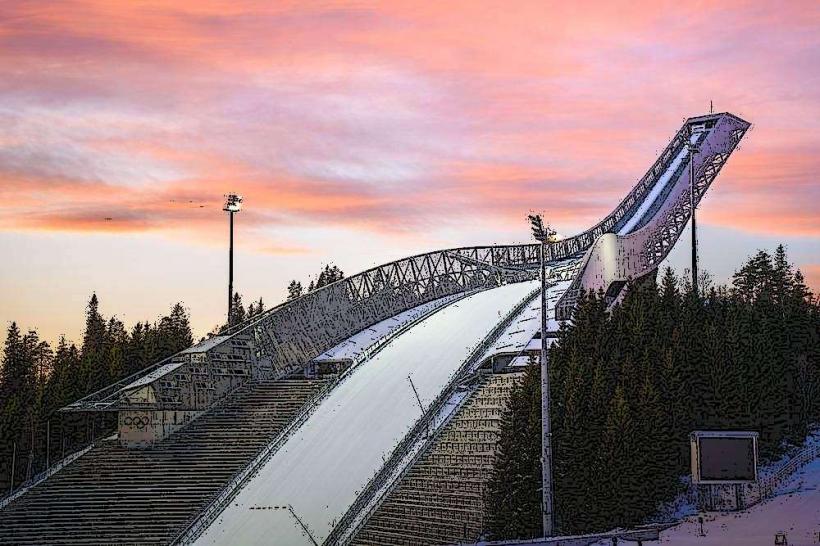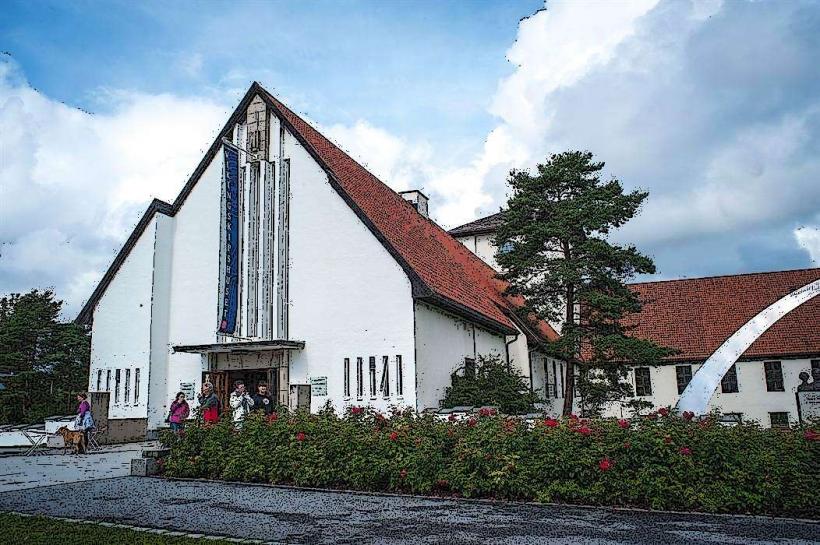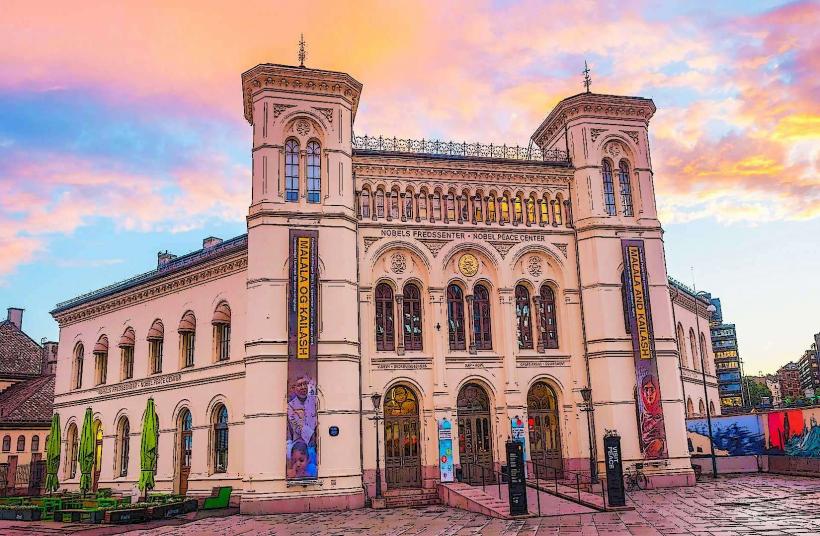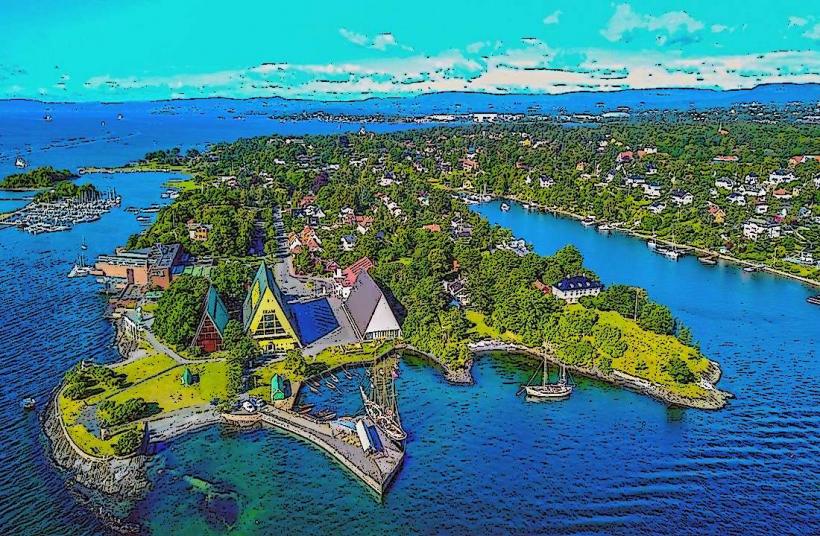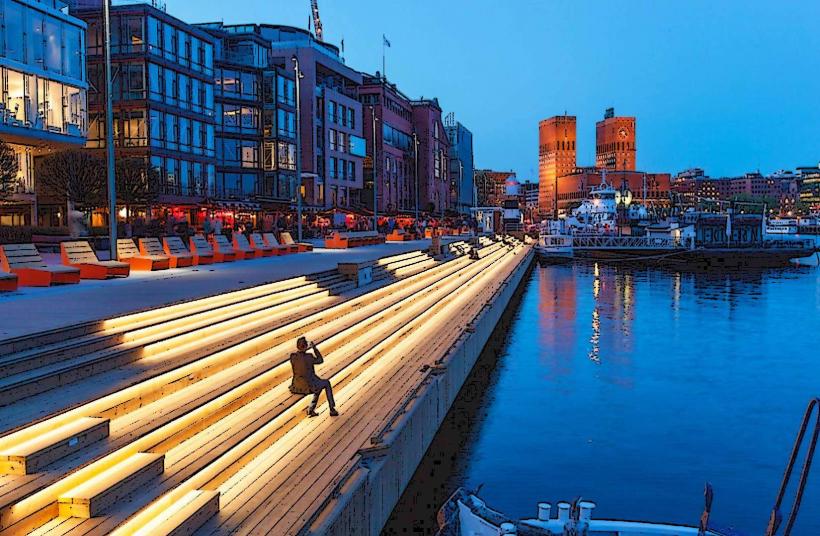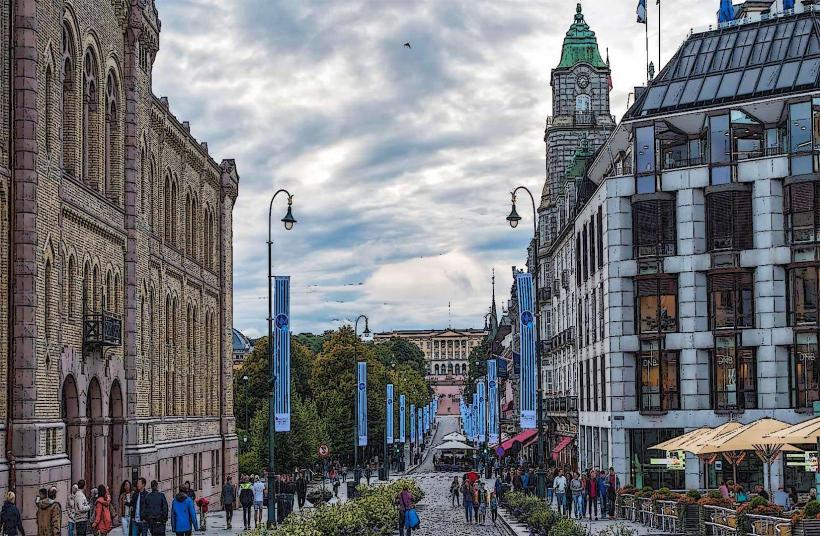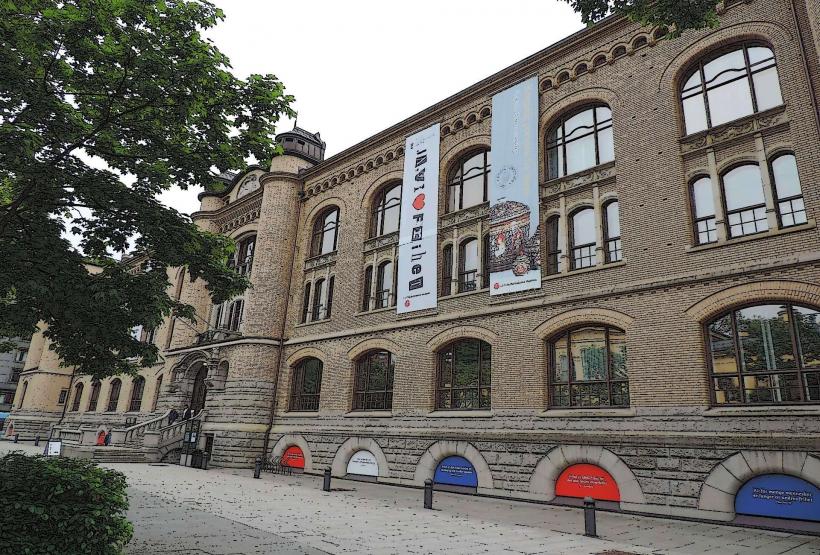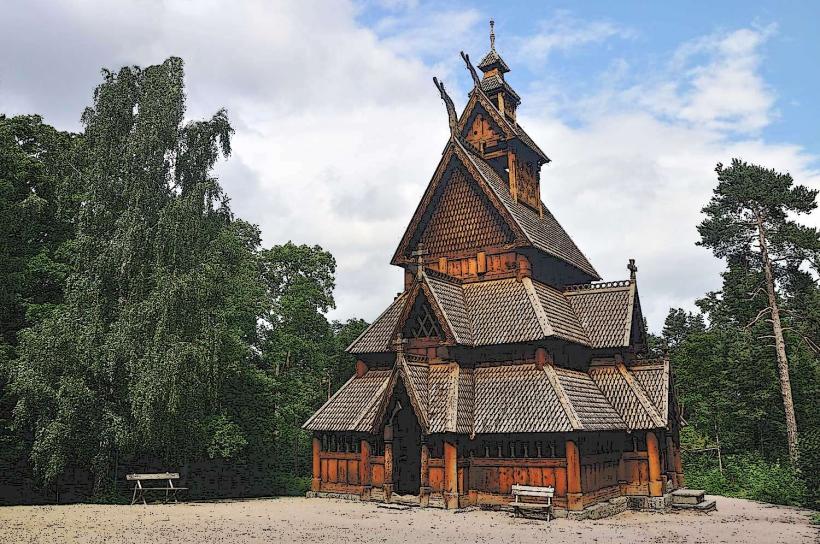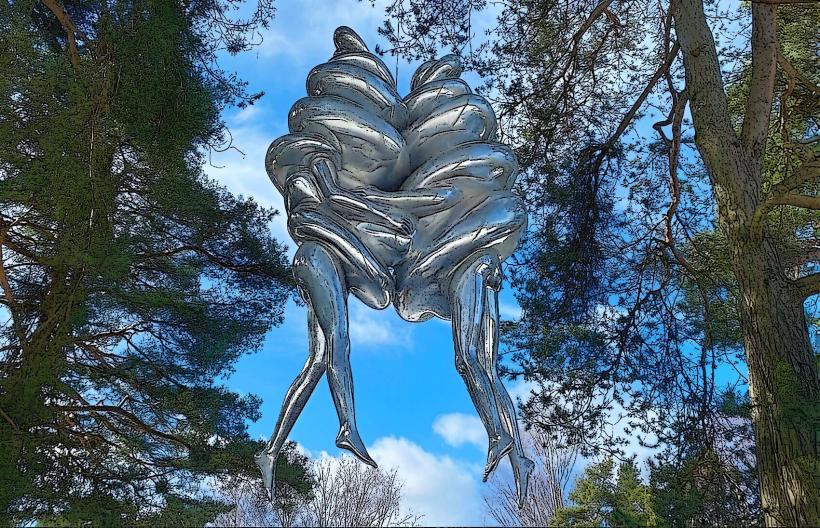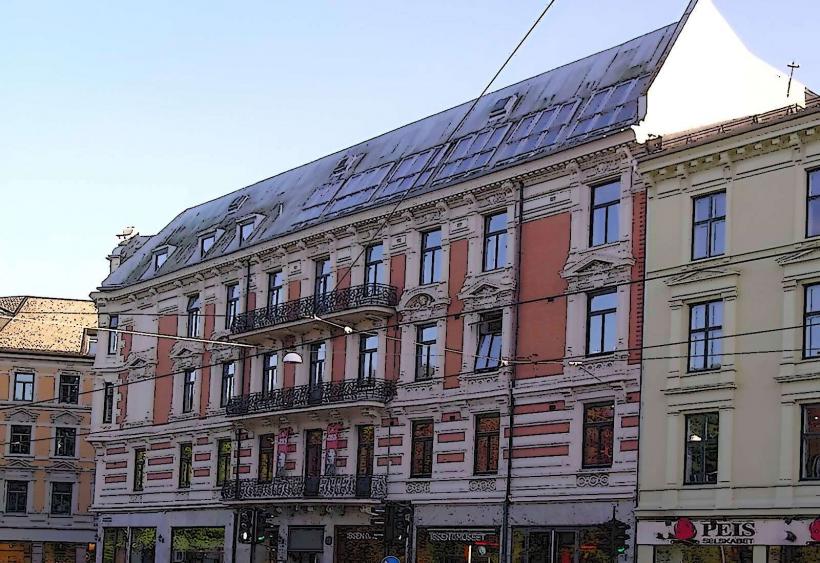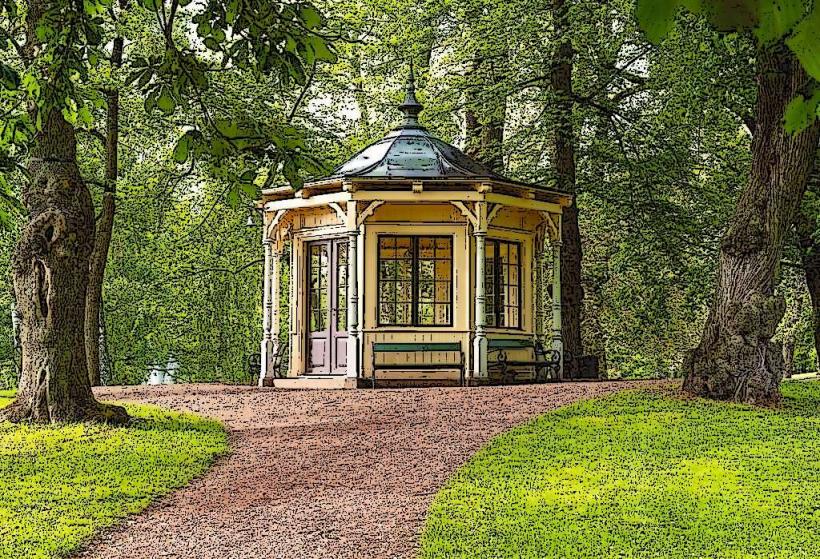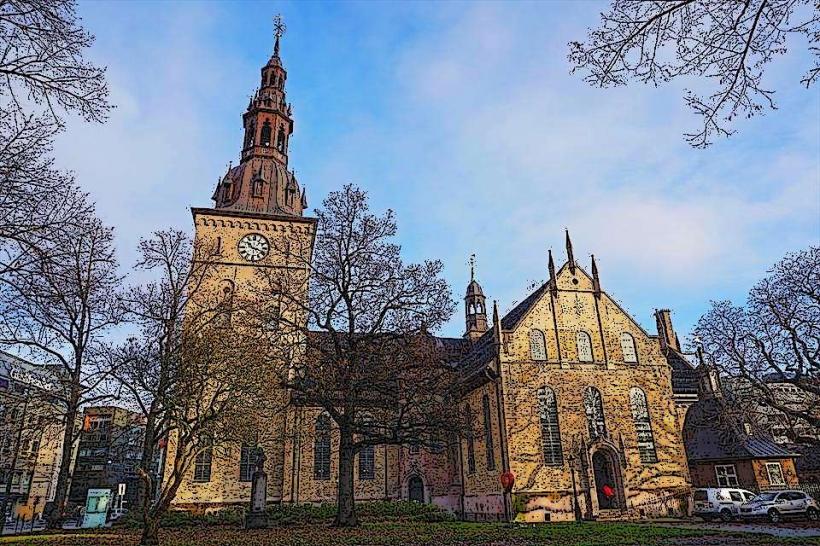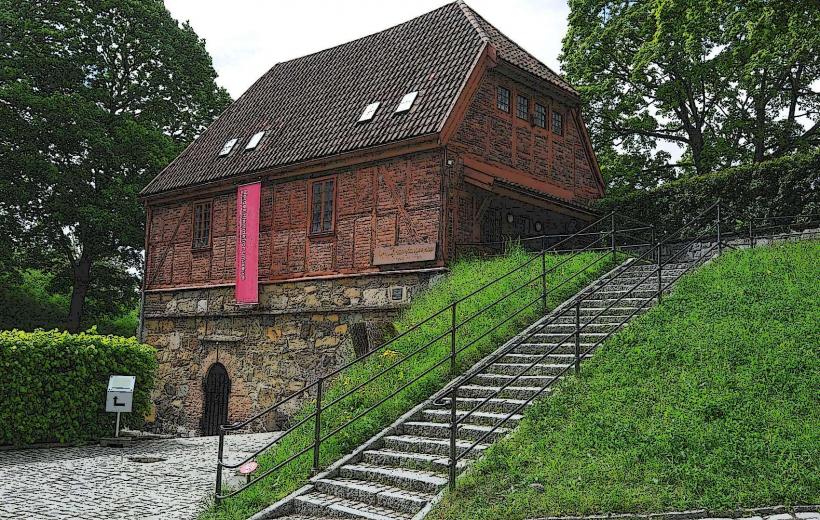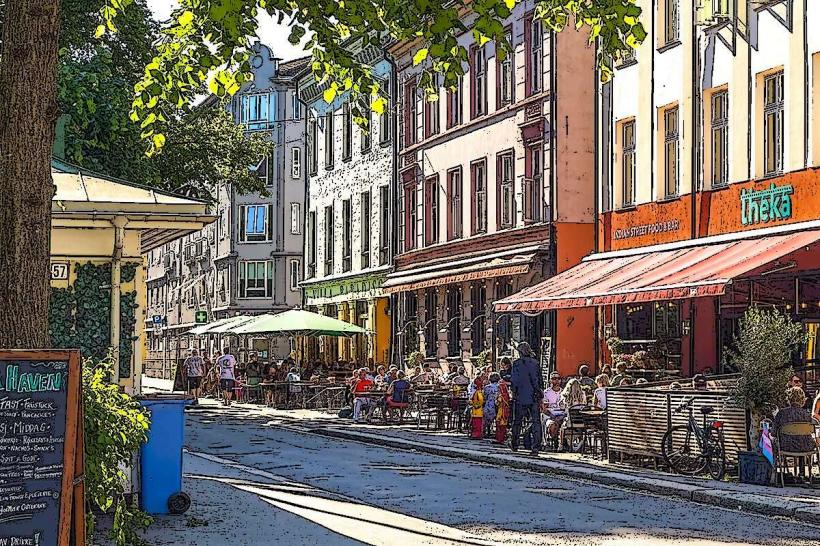Information
Landmark: OslofjordCity: Oslo
Country: Norway
Continent: Europe
The Oslofjord is a stunning natural feature that forms a significant part of Oslo's geography and provides a picturesque backdrop to the city. This fjord, one of Norway's most famous and accessible, is a deep inlet of the Skagerrak, which lies between Norway and Denmark, stretching into the southern part of the country. The Oslofjord is renowned for its striking beauty, serene waters, surrounding islands, and outdoor recreational opportunities, making it an integral part of both Oslo’s identity and tourism.
Geography and Formation
- Location and Scope: The Oslofjord stretches approximately 100 kilometers (62 miles) from the Skagerrak in the south to the city of Oslo in the north. The fjord is relatively shallow in some places but deepens as it approaches the open sea, reaching depths of up to 500 meters (1,640 feet) in some parts.
- Geological Formation: Like most fjords in Norway, the Oslofjord was shaped during the Ice Age, around 10,000 years ago, when glaciers carved out the valley that now forms the fjord. The surrounding hills and rocky landscapes were also shaped by this glacial activity.
Islands and Archipelago
- The Oslofjord is home to a large archipelago made up of around 50 islands and islets, many of which are easily accessible from the city. Some of the most popular islands in the fjord include:
- Hovedøya: Known for its historical monastery ruins, beaches, and walking trails. It is one of the most visited islands, located just a short boat ride from downtown Oslo.
- Lindøya: A small, picturesque island with colorful wooden houses, perfect for a relaxing escape from the city. It’s popular with those looking for a peaceful day trip.
- Nakken: A larger island offering beautiful hiking paths and secluded spots, making it a great destination for nature lovers.
- Gressholmen: Known for its stunning natural landscapes, this island is often visited for its birdlife and hiking routes.
- Bleikøya: This quiet, forested island is a serene spot for those wanting to explore more isolated parts of the archipelago.
Activities and Attractions
Boat Tours and Cruises:
- The Oslofjord is a popular destination for boat tours, with several companies offering sightseeing cruises that depart from Oslo's waterfront. Visitors can enjoy panoramic views of the city, islands, and surrounding nature, often with a guided commentary about the area’s history and natural features.
- Many boat tours also include stops on the islands, giving tourists the chance to disembark and explore the archipelago, either by foot or bike.
Kayaking and Sailing:
- The fjord offers excellent conditions for kayaking and sailing, making it a popular activity for both beginners and experienced adventurers. Kayaking along the fjord’s calm waters provides an opportunity to get up close to the islands and enjoy the beauty of the natural surroundings from a different perspective.
Hiking and Nature Walks:
- The surrounding hills and islands offer excellent opportunities for hiking and outdoor recreation. Popular trails include those on the islands of Hovedøya, Nakken, and Gressholmen, which feature easy-to-follow paths that lead to beautiful viewpoints, beaches, and lush forests.
- The fjord’s coastline is also ideal for leisurely walks and picnics, especially in the summer months.
Fishing:
- Fishing is another popular activity in the Oslofjord, with abundant fish species such as cod, mackerel, and salmon found in its waters. There are various spots along the coast, and local fishing excursions can be booked for those looking to catch their own fish.
Swimming and Beaches:
- Several islands and coastal areas around the Oslofjord offer beaches where visitors can swim or relax by the water. In the summer, these beaches become popular gathering spots for both locals and tourists, enjoying the fresh air and views of the surrounding fjord.
- Bygdøy Peninsula is one of the most well-known places for beachgoers, with Paradisbukta being a popular swimming spot.
Cultural and Historical Significance
Historical Importance: The Oslofjord has played a critical role in the development of the city of Oslo (formerly Christiania). Historically, it served as a vital transportation route for trade and travel, linking the city with other coastal areas in Norway and Denmark. The fjord also has a rich maritime history, with various lighthouses, harbors, and fortifications along its coast.
The Akershus Fortress, which overlooks the fjord, was originally built to protect the city from naval attacks and remains a key historical landmark. Additionally, remnants of viking settlements and medieval structures can be found in the surrounding area.
Cultural Events: The Oslofjord is not just about natural beauty—it is also the setting for various cultural events. For example, during the summer months, the fjord becomes a venue for music festivals, outdoor theater performances, and art installations. Many of these events take advantage of the unique atmosphere provided by the fjord, with performances staged on floating platforms or against the backdrop of the stunning waterfront.
Environmental and Conservation Efforts
- Biodiversity: The Oslofjord is home to a wide range of wildlife, both above and below the water. It supports a diverse marine ecosystem with various species of fish, birds, and marine mammals. The fjord is an important stopover for migratory birds and a breeding ground for local species.
- Conservation Efforts: In recent years, there have been increased efforts to protect the environmental health of the Oslofjord. These efforts include the protection of its water quality, the restoration of local ecosystems, and the promotion of sustainable tourism. Efforts have also been made to reduce pollution and improve the management of maritime traffic in the region.
Conclusion
The Oslofjord is a key natural and cultural asset for the city of Oslo. It offers a unique combination of scenic beauty, outdoor recreation, and historical significance, making it a top destination for locals and visitors alike. Whether you’re exploring the fjord’s islands, enjoying its tranquil waters, or learning about its rich history, the Oslofjord provides an unparalleled opportunity to experience Norway’s stunning landscapes and maritime culture.

